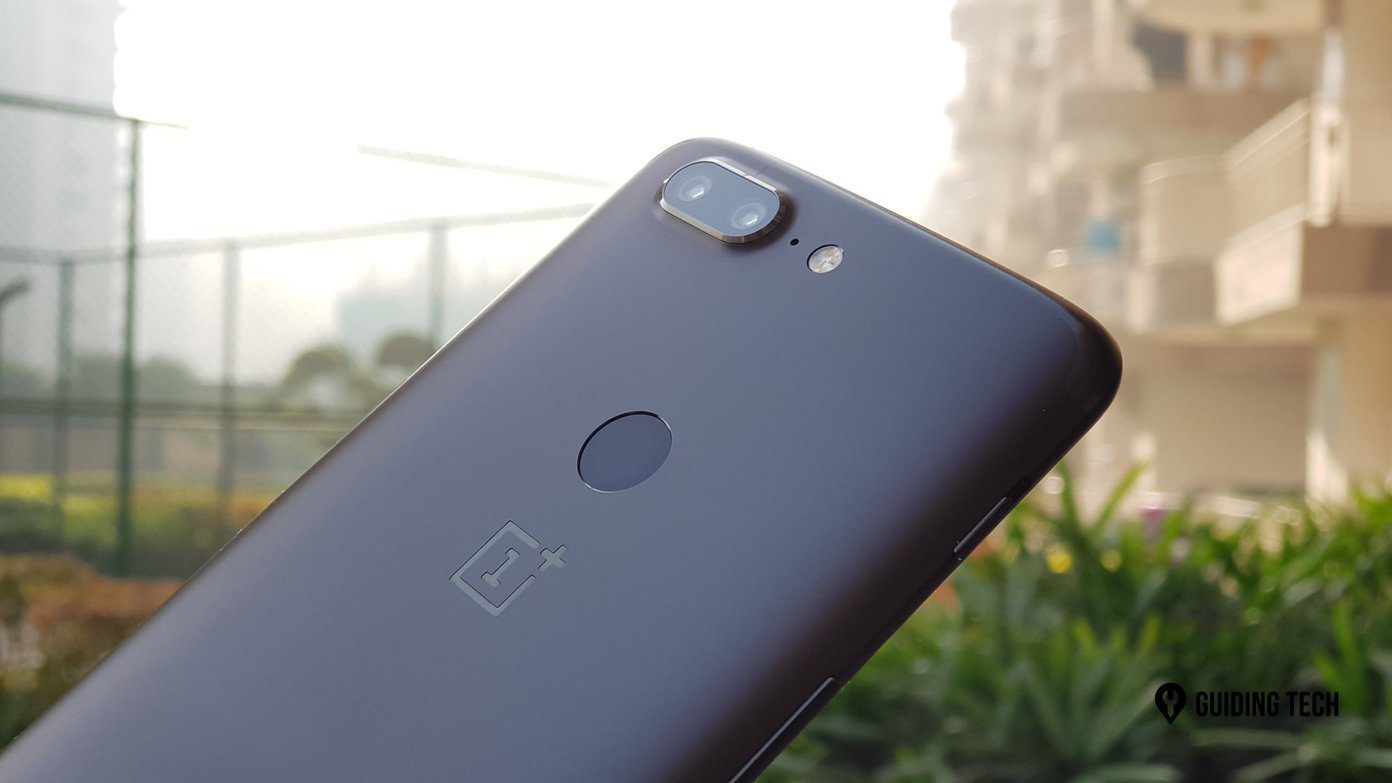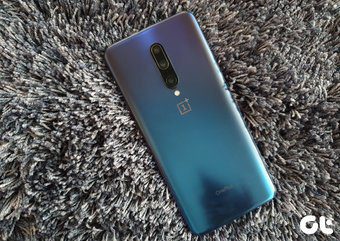Therefore, where High-Fidelity (Hi-Fi) audio was once a specialty for a minority of the tech audience out there (audiophiles), it is now becoming an asset that the general market is considering. The driver for this shift is from renowned audio manufacturers (Bose, JBL, Beats) popularizing pricier headphones. Consumers are realizing that higher quality audio is real and that they’ve been missing out. However, it isn’t that you buy a great pair of headphones and then you’re done. There’s more to achieving Hi-Fi playback than that. But any audiophile will tell you that when you put all the pieces together, the result is magical. So in this spirit, we’re going to run through (as straightforward as possible) what it take to bring your mobile audio output up to snuff with that pair of top-notch headphones you’ve invested in.
The Digital-to-Analog Converter (DAC)
You don’t have to get too technical to explain where the DAC ties into your audio output. It is essentially the sound processor. Living in a digital world, we need a way to convert those 1’s and 0’s (binary information) to sound waves that our ears can interpret as lovely tunes. However, the accuracy behind the analog output isn’t exactly transparent. Actually, the whole discrepancy over high fidelity audio is because of subjectivity over what is fantastic sound. But to not digress, let’s just say that not all DACs are created equally. Most consumers simply end up plugging their headphones into their smartphones. Smartphones give us this invaluable ease for these kinds of things (which is why we love them). But it happens to be that the phone’s DAC (typically integrated in the chipset) isn’t necessarily as great as the sound you would expect your pricey headphones to pump out. Dedicated DACs are often larger than smartphones themselves. So when you imagine that the chipset maker has to stuff a DAC in that tiny allotted space, it becomes understandable that it won’t be anything special. With that said, what can we do about it? If you’re anything like me, you’re reluctant to stop using your smartphone for such a convenient function. Fortunately, you can still use your smartphone as a source, but bypass the internal DAC with your own dedicated unit. If your initial reaction is “What is this trickery!?”, that is fine. It can be a fairly radical concept. But our mobile devices often do have the support to bypass its own audio output, via the charging port (micro-USB or lightning port). This capability is what has allowed audiophiles to still use their mobile devices as music sources. So let’s back up and talk about the DAC unit itself. While DACs had started out as desktop units, they’ve shrunken down to a portable size over time (just like how any other device made portable has). There are now DACs that are down to the size of a flash drive, which are so low-powered that they don’t even require a battery. Just keep in mind that the size (and cost) often determines the performance. The best portable DACs have their own battery supply, volume switch, and gain settings (for amplifying the sound if the volume is too low for your particular headphones). You’ll also have to be mindful of the connection. Many dedicated DACs still use a mini-USB port (of which you’ll need a micro-USB/lightning to mini-USB cable). Before you buy a DAC, also double check that your mobile device supports audio out (as well as what mobile devices that DAC supports). Particularly, due to Android’s fragmentation, audio out via the micro-USB OTG (on-the-go) connection isn’t always a sure thing. You’ll have to research if that Android phone can do OTG freely. With iPhones, it’s possible that older models aren’t supported anymore. Windows machines generally allow for audio out natively. Also, be mindful that the unit is a DAC and not just an amplifier. You’ll find a unit called a portable DAC as much as you’ll see one called a portable amp. Most times, DACs come with an amplifier built in, but the opposite is far less true. There are tons of DAC manufacturers out there, so research is a must. We suggest you check out our review of the Alpen 2 DAC/Amp from FiiO (a renowned, bang-for-buck audio electronics manufacturer). Interesting Fact: In a Bluetooth audio setup, because the music data is transferred wirelessly, the DAC has to be built into the headset. It receives the transmission and then transcribes it to analog sound, all within the headphone. Therefore, you cannot use a different DAC (unless the headphones can do wired as well), so make sure it has a good one! You may question if there are any smartphones out there that can match the performance of a dedicated DAC. Yes, but they are few and far between. This may hopefully be changing soon. Two Android manufacturers who stepped up in 2015 were LG and HTC. The LG V10 and HTC One A9 have Hi-Fi DACs built in. The audio output of Galaxy phones and iPhones have also been held in high regard (if you don’t have the cash to buy another device, you should be satisfied with these phone DACs), but a good dedicated DAC will noticeably get more out of capable headphones.
Hi-Fi Music Files
So you’ve got your audio computing power in line, are you all set for some Hi-Fi listening? Unfortunately, there’s one more piece to the puzzle – detailed music files. The hardware is only as good as the content that is given to it. Take your HD TV for example. If you watch 480p content on it, you won’t get the excellent picture quality that the TV is capable of. The concern revolves around the DAC not being provided an accurate account of 1’s and 0’s (“accurate” meaning that it’s missing detail that was captured in the recording studio). That’s the whole point behind Hi-Fi listening after all. The listener wants to audibly be taken to the recording studio, hearing all the nuances from the real thing (which comes back to what the headphones can do as well, in factors like sound depth and imaging). So what can we do? There are two options: 1) Find a resource that sells uncompressed music files or 2) Stream from TIDAL The move to digital formats of music brought on the woeful act of compression, which sacrifices audio detail for easier distribution (i.e. faster downloads). Those who want none of that look to Lossless audio, a term coined for files with complete audio detail from recordings. The most widely accepted format that supports Lossless audio is FLAC (Free Lossless Audio Codec). Lossless audio also has to do with the competence of the signal’s delivery, by its bit depth (accuracy of the signal’s measurement) and sampling frequency (how many samples of the digital signal is captured each second). CD’s are capable of delivering 16-bit and 44.1kHz, respectively, while Lossless reaches up to 24-bit and 192kHz. Tip: If you’re going to store a Lossless library on your mobile device, be mindful of the extra space the files take up. Depending on how much music you plan to carry, you may need to get a device with large internal storage or micro-SD card expansion (if possible). Streaming music has even more of a challenge, because listeners often stream on their mobile networks. Hi-Fi audio files are much larger than their compressed counterparts, which can make streaming Lossless highly unreasonable. The max stream that most services allow is 320 kbps (kilobits per second). To get lossless detail in a stream you need roughly 4x more data. But for instances when we listen on a WiFi network (and don’t desire to build up our own Lossless library), there fortunately is one company that offers Hi-Fi streaming – TIDAL. You’ll get FLAC sent at a rate of 1411 kbps. However, note that this is at a CD-quality signal rate (16-bit/44.1kHz).
What are Your Thoughts on the Hi-Fi Matter?
Hi-Fi listening certainly isn’t the easiest hobby to get into. Not to mention, it can be costly when you factor in the cost of DAC unit and Lossless music files. But the reality is that that great pair of headphones you’ve invested in won’t live up to its potential without the whole nine yards. For many audio lovers, the simple/convenient way is good enough. We’d like to hear your thoughts on the subject. Is the extra fidelity worth the effort/cost, or would you rather put your money into a greater gain? For more information (such as considerations in headphone specs) check out our guide for an optimized listening experience. The above article may contain affiliate links which help support Guiding Tech. However, it does not affect our editorial integrity. The content remains unbiased and authentic.

















